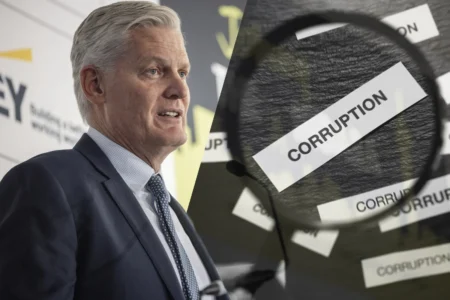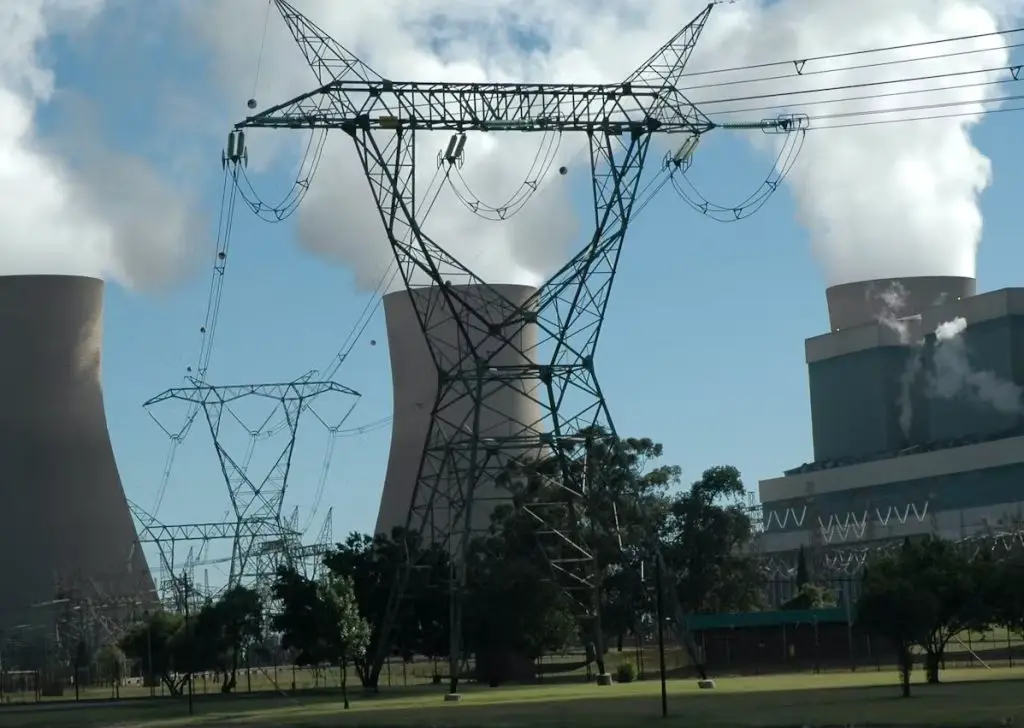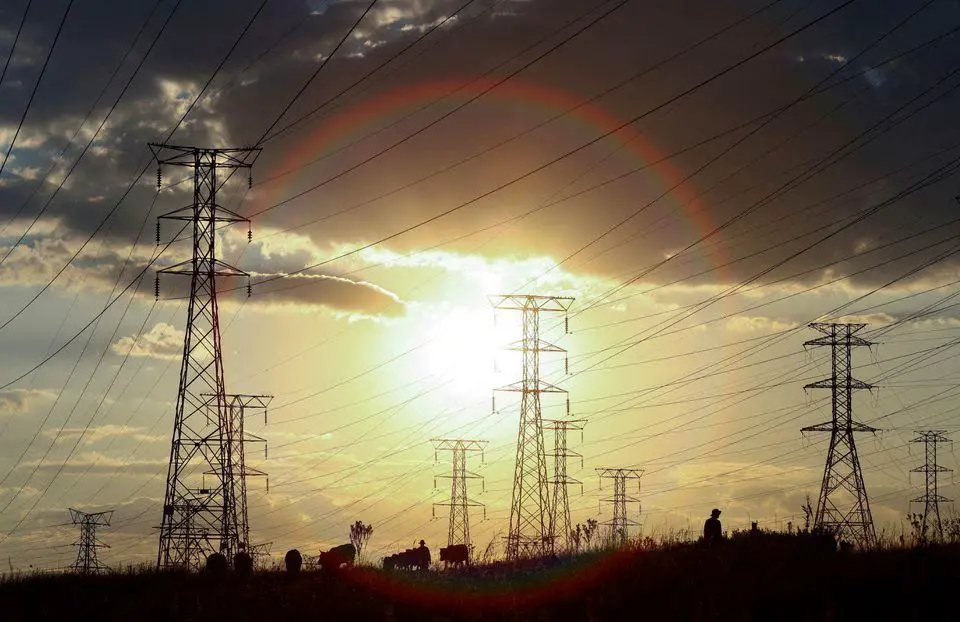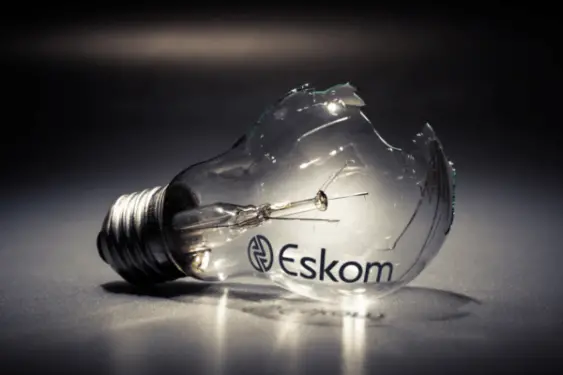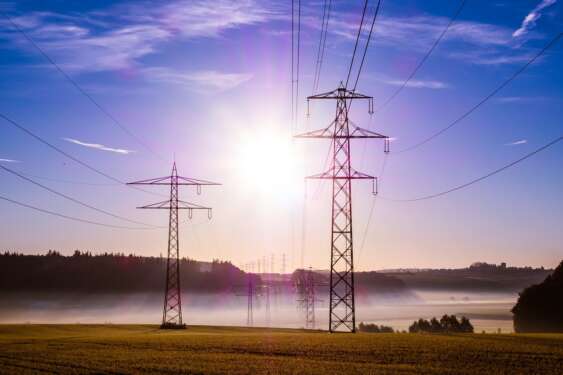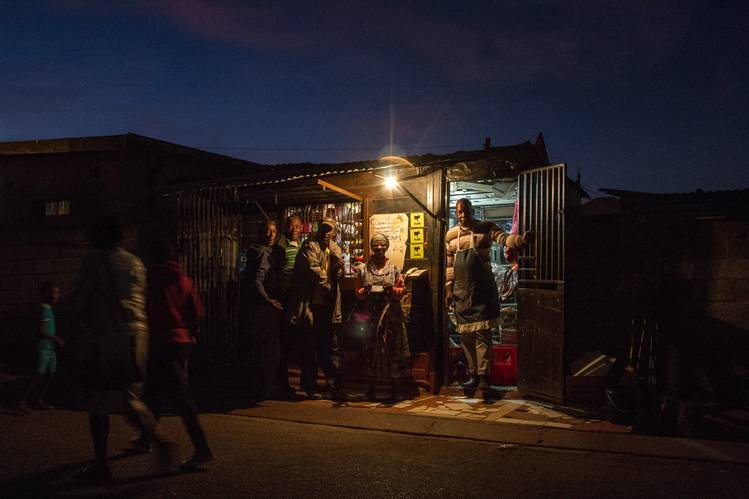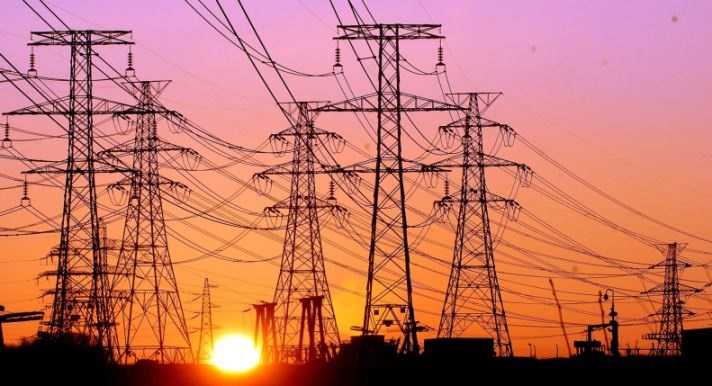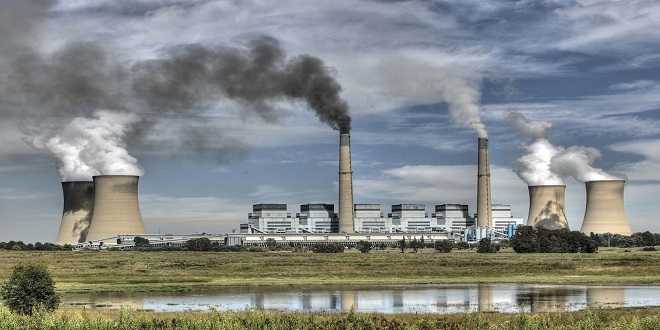- Africa’s new dawn: the rising role of digital and AI in agriculture
- Can Dangote Refinery Transform Africa Energy Ambition
- Gallup Survey: 80 per cent of Kenyan Workers Are Disengaged and Seek New Opportunities
- Madagascar Man Freed from 5KG Tumor After 15-Year Struggle
- How women in Africa are perceived and treated
- Sugar consumption in Kenya to Increase to 1.23 Million Tonnes
- Can Somalia and Turkey Oil deal Bring Change in Somaliland
- Remittances to Kenya dropped to $371.6 million in June, marking a six month low
Browsing: Eskom
- In 1923, South Africa had over 40 municipalities and 18 private companies, each struggling to dominate the industry.
- Despite the efforts of the SA government to ensure no severe loss, the power outages alone have caused its economy’s GDP to reduce by 1.3%.
- Eskom is about $25.6 billion in debt, which stems from its days as Escom.
Eskom’s corruption and inability to provide suitable power is plaguing South Africa’s economy. The persistent power shutdowns, or load shedding as it is known in South Africa, has significantly hindered the country’s economic growth despite steadily leading Africa’s technological revolution. While weathered power plants have contributed to the meltdown, corruption has been the single biggest contributor to the current power crisis.
South Africa is the most industrialized country in Africa. According to Statista, South Africa had the second-highest GDP in 2021 and pioneered Africa in the 4th Industrial revolution. Unfortunately, it is also …
Heineken notes that this embedded grid-connected solar project incorporates single axis tracking technology that enables the panels to move with the rise and setting of the sun.
Single-axis tracking systems tilt on one axis, tracking the sun as it moves from east to west during the day.
A solar tracking system adjusts the position of a solar panel along an axis. This is done to ensure a small angle of incidence or the angle that sunlight hits a solar panel.…
Switching from coal to renewable energy is vital for South Africa to stabilize its power output and to create employment. The switch from coal to renewable energy is costly and many African nations are dragging their feet.
The situation is further exasperated by the fact that of recent years, many African nations have been discovering oil and many more are conducting explorations offshore. The potential of changing their economies from the sale of crude oil is far too promising to forgo.
This is a point that will be driven home at the upcoming COP27 in Egypt later this year. Africa will be looking to push the West to provide funding for the renewable energy transition. This time around, the South Africa deal stands as a concrete example that with sufficient funding, the transition is not only doable but plausible and strung with multifaceted benefits including employment.…
Zimbabwe has been experiencing intermittent power generation shortfalls due to an ageing plant at its Kariba hydropower station and the main coal-driven power generators at Hwange.
According to Crisis 24, Zimbabwe will likely remain susceptible to rounds of load shedding through 2022 and possibly beyond if additional power production capacity is not made available. In mid-June, a circular from Meikles Hotel in Zimbabwe said that they have been operating on generator power for about a week and were now offering guests buckets of hot water to bath with. This is also one of the effects of the increased power cuts evident, although it is a few months apart.
Crisis 24 added that temporary commercial and communications disruptions are possible while load shedding and unscheduled disruptions are taking place; cellular and mobile services could be affected. Traffic disruptions and longer driving times are possible during these periods due to malfunctioning traffic …
This decision comes at a time when South Africa is still struggling with catastrophic power outages and is also attempting to transition away from its reliance on fossil fuels. Causing businesses to steer clear of relying on Eskom, the struggling state-owned utility of the country, for their electricity needs.
Eskom blackouts can last up to six hours, which causes production delays and damages sales.
Eskom, the troubled power corporation responsible for providing most of South Africa’s electricity, has had a challenging time keeping the lights on for many years and has been forced to apply load-shedding to prevent the grid from collapsing.…
Africa’s second-biggest economy, South Africa—will face four days straight of power cuts (from 1200 noon) after the state-owned utility Eskom Holdings reported a malfunction at one of their latest established plants, according to Bloomberg News.
According to different sources in South Africa, the dependable power provider has confirmed a stage 2 power cut which is necessary, to kickstart from Thursday through Sunday.
The overnight calamity has rather brought back South Africa’s toil from the earlier stage 2 shedding on January 06 2021. By then, Eskom had 6672MW on planned maintenance and another 12073MW of capacity unavailable due to unforeseen maintenance.
This scenario emerges a week after the utility suspended load shedding due to power demand decline. By 8 January the power provider had 6060MW on planned maintenance, while 13206 …
State power utility Eskom reported a loss amounting to ZAR 20.5 billion ($1.2bil) for the financial year 2020. The power producers generated revenue to the tune of R200billion($12.3bil) which failed to match up to the previous year’s revenue by 1.29%. The poor results were attributed to challenges in capacity and untenable economic climate.
The major contributing factor to the huge loss position can be traced to finance costs which came up at ZAR 31.3billion ($1.9bil). The costs in question were related to servicing a debt of ZAR 483 billion($25bil) which the company is struggling to reduce.
The heavy debt position for Eskom is particularly distressing for South Africa as the South African government is the largest guarantor for Eskom’s debt. Eskom has also been a recipient of government bailout funding set at ZAR138 billion($8.4bil) until 2022. This heavily places a burden on the country’s budget and is a significant threat …
South Africa, Africa’s second-largest economy is still experiencing power cuts off as the national power utility stated today on Thursday that, nation-wide power cuts across South Africa of up to 4,000 megawatts will last throughout the weekend and power kicking back on Sunday
According to information from a South African financial publication Moneyweb, the power cuts are due to the wait of regulatory approval to reconnect a unit at a nuclear power station in Cape Town (Koeberg).
Eskom, which produces more than 90 per cent of the electricity in Africa‘s most industrialized economy, ramped up power cuts to 4 000 MW on Tuesday after a fault with a pump at Koeberg, the country’s only nuclear station.
“Due to a shortage of generation capacity resulting from unplanned breakdowns, Eskom will continue implementing Stage 4 load-shedding until further notice. We expect that load-shedding, at various stages, may continue into the weekend,” Eskom …
Zimbabwe, an economically challenged southern Africa nation will soon face another economical hard-pinch as the sate power transmission company said on Thursday it intends to increase its electricity tariff by 19.02 per cent, kicking in on March 1.
According to information from Reuters, the utility said that raising inflation and weakening exchange rate were factors being the tariff hike.
Zimbabwe Electricity Supply Authority (ZESA), which is responsible for the generation, transmission and distribution of electricity in Zimbabwe, is also facing challenges meeting power demands in the nation facing worst economic crisis in a decade.
According to the World Bank data, electricity access in Zimbabwe stands at 40 per cent.
Energy advocacy groups such as Sustainable Energy For All noted that—due to economic challenges, Zimbabwe cant explore its renewable energy resources (solar energy in particular), that’s why only 16 per cent of rural dwellers have access to power versus 78 per …
Eskom, South Africa’s state-owned power utility, and currently facing enormous workload in generating reliable power for the most diverse economy in Africa has been served with a compliance notice by the nation’s environment ministry, high levels of air pollution being the cause.
According to information from Bloomberg, Eskom’s biggest operational power plants are struggling to remain active as the pollution levels are not yet repaired accordingly.
The heavily relied on power utility has failed to fully repair pollution-abatement equipment at its 4 116-megawatt Kendal power plant that began malfunctioning in early 2018 and was damaged further in a strike later that year.
The ministry issued the notice in December saying the plant would need to shut down two of its six generating units, 1 and 5 if the action wasn’t taken to bring them back into compliance.
Hence, according to the notice, it demanded maintenance plans for the rest.
South …





